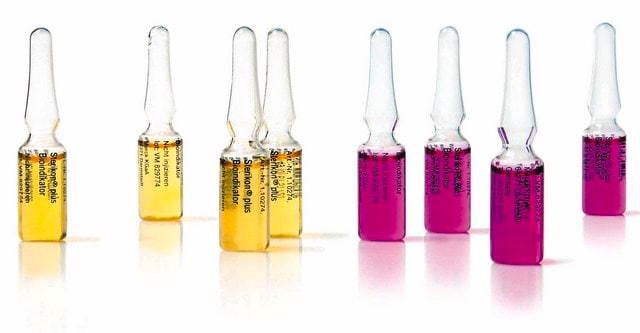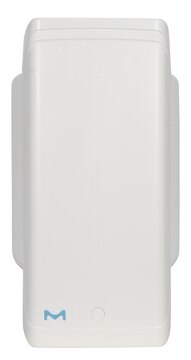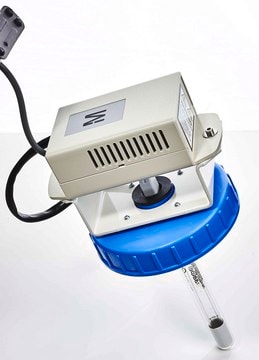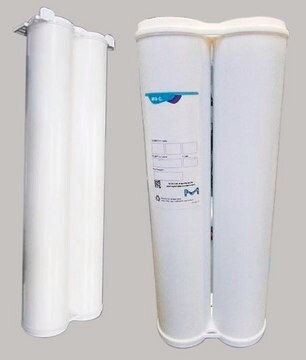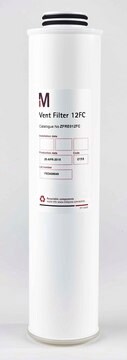MABC1824
Anti-phospho-MYO10 (Ser1060/1062/1066) Antibody, clone 2C10-6
Synonym(e):
Unconventional myosin-10, Unconventional myosin-X
About This Item
Empfohlene Produkte
Biologische Quelle
mouse
Qualitätsniveau
Antikörperform
purified antibody
Antikörper-Produkttyp
primary antibodies
Klon
2C10-6, monoclonal
Mol-Gew.
calculated mol wt 237.35 kDa
observed mol wt ~260 kDa
Aufgereinigt durch
using protein G
Speziesreaktivität
human
Verpackung
antibody small pack of 100 μL
Methode(n)
immunocytochemistry: suitable
western blot: suitable
Isotyp
IgG1κ
Epitopsequenz
Unknown
Protein-ID-Hinterlegungsnummer
UniProt-Hinterlegungsnummer
Lagertemp.
2-8°C
Angaben zum Gen
human ... MYO10(4651)
Allgemeine Beschreibung
Spezifität
Immunogen
Anwendung
Evaluated by Western Blotting in lysate U20S cells transfected with GFP-MYO10.
Western Blotting Analysis (WB): A 1:250 dilution of this antibody detected phospho-MYO10 (Ser 1060/1062/1066) in U20S cells stably transfected with GFP-MYO10, but not in lysate from cells with MYO10 knockout.
Tested applications
Immunocytochemistry Analysis: A representative lot detected p-MYO10 (Ser1060/1062/1066) in Immunocytochemistry application (Pozo, F. M., et al. (2021). Sci Adv. 7(38); eabg6908).
Western Blotting Analysis: A representative lot detected p-MYO10 (Ser1060/1062/1066) in Western Blotting application (Pozo, F. M., et al. (2021). Sci Adv. 7(38); eabg6908).
Note: Actual optimal working dilutions must be determined by end user as specimens, and experimental conditions may vary with the end user.
Physikalische Form
Lagerung und Haltbarkeit
Sonstige Hinweise
Haftungsausschluss
Sie haben nicht das passende Produkt gefunden?
Probieren Sie unser Produkt-Auswahlhilfe. aus.
Lagerklassenschlüssel
13 - Non Combustible Solids
WGK
WGK 1
Flammpunkt (°F)
Not applicable
Flammpunkt (°C)
Not applicable
Analysenzertifikate (COA)
Suchen Sie nach Analysenzertifikate (COA), indem Sie die Lot-/Chargennummer des Produkts eingeben. Lot- und Chargennummern sind auf dem Produktetikett hinter den Wörtern ‘Lot’ oder ‘Batch’ (Lot oder Charge) zu finden.
Besitzen Sie dieses Produkt bereits?
In der Dokumentenbibliothek finden Sie die Dokumentation zu den Produkten, die Sie kürzlich erworben haben.
Unser Team von Wissenschaftlern verfügt über Erfahrung in allen Forschungsbereichen einschließlich Life Science, Materialwissenschaften, chemischer Synthese, Chromatographie, Analytik und vielen mehr..
Setzen Sie sich mit dem technischen Dienst in Verbindung.